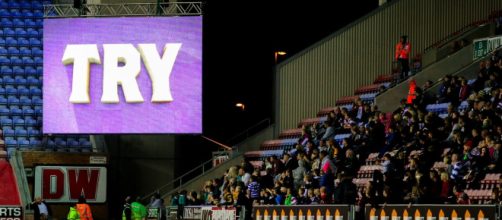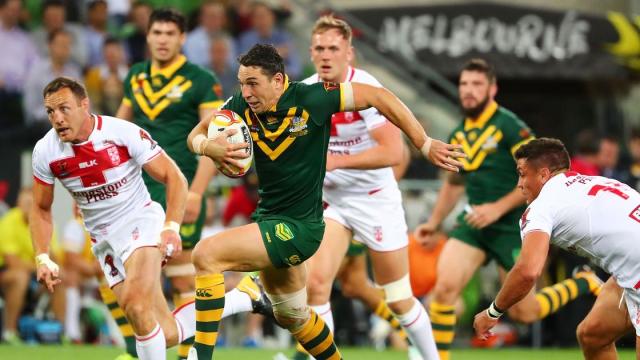The obstruction ruling has become a thorn in Rugby League's side in the past few years. Time and time again, on-field referees have asked the video referee to check for obstruction in a passage of play when there has been no effect on the defensive line, resulting in a perfectly good try being chalked off. Rugby League fans have been clamouring for changes to this rule whereby the video referee would not be allowed to look for obstruction. But, instead of listening to this specific criticism, the Rugby Football League has gone the whole hog for this weekend's Summer Bash.
Changes aplenty
At the weekend, video referees will only be able to consider three areas – the grounding of the ball, if the player is in touch/touch in goal or if the dead ball line is in play. Not only will the video referees have less implications to consider, the on-field referee will also not be able to make a ‘live’ decision - a try or no try verdict - on the incident referred to the video referee. As such, the video referee will have the sole responsibility as to ascertain whether a try will be awarded or not.
Too much has gone
During the trial at the Summer Bash, the video referees will also not be able to check for obstruction, foul play, onside or offside or challenges in the air. Bizarrely, the video referees at the Summer Bash will also give up their right to check for knock-ons in general play or scrum, head and feeds, even if the ball is out of play.
Instead of slightly tweaking the technology concept, the RFL have implemented a number of remarkable regulations that strip the video referee of some of the most important indiscretions to look for. Effectively, with this new trial, a game could descend into a farce.
Take this as an example: an attacking side kicks to the opposition's corner, but defensive chasers were blocked off from charging the kick down by a forward in front of the kicker - which the referee or touch judges didn't see. Those attackers chasing the ball were all offside and one of them took out a defender trying to catch the ball, but, in real time, the referee and touch judges believed the attacker was competitively challenging for the ball.
One of the attackers goes on to ground the ball dubiously - he appears to knock on. The referee - unsure of the grounding - refers the incident upstairs.
The video referee is now only able to look at how or if the ball is grounded, regardless of the fact that foul play has happened in the background (an attacker has blocked off a chaser), the runners are offside and that an attacker has taken out a defender in the air. As the video referee cannot rule on such indiscretions, the try is awarded as the grounding is fine.
Decline in accuracy
Some may argue that the referee and touch judges should have seen all these issues in the build-up to the try, but in real time it is very difficult to argue one way or another - that's essentially why the video referee is there.
Instead of just addressing the major issue concerning the video referee - the obstruction ruling - the RFL and match officials have simply gone over the top in stripping video referees of responsibilities that aid the overall accuracy of decisions in games. One can't help but think that the RFL has cynically introduced such a vast swathe of changes so that when all goes wrong at the weekend, they can return back to the norm without criticism.



